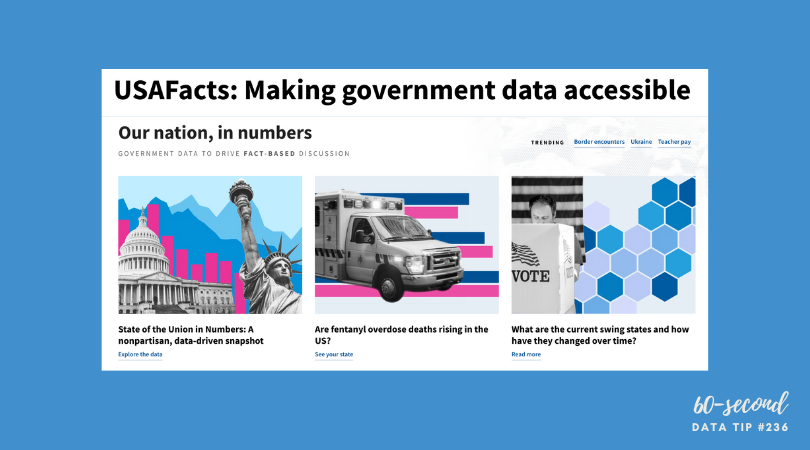Reposted from October 2018
Pop quiz. Take yourself back to your seventh grade science class. Wake up from your drowsy, awkward, tween state and then answer this question: “What is a null hypothesis?”
Stay tuned for the answer. First, why are we talking about null hypotheses? Because if you are going to improve anything, you gotta get your null hypothesis on. As I’ve said before, progress in organizations – and indeed, in all of human history – happens when we admit ignorance. The null hypothesis is all about admitting ignorance.
Your science teacher didn’t tell you to make a guess (or a hypothesis) and then look for evidence to support it. Instead, your teacher said to state the opposite of what you believe (or, more specifically, that no relationship exists between two things) and then try to refute it. That opposite statement is the null hypothesis.
Why go at it backwards? The power of the null hypothesis is that it forces you to look beyond your expectations. For example, your hypothesis might be that girls do best in your life skills program based on what you’ve seen so far. The null hypothesis for such a hypothesis might be: there is no difference in performance in the life skills program based on gender. Looking for evidence to support the null hypothesis opens your eyes to other factors (besides gender) that may be at play. Perhaps kids who can sit for longer periods of time do better in the program, and those patient kids often are girls. If so, then you have some powerful information. Maybe building in some movement time will improve overall performance?
If patience and other factors you explore don’t seem to be related to performance, then maybe gender is the key factor.
I’m not suggesting that you launch highly technical controlled experiments. Instead, I’m asking you to first consider that you might be wrong and then pay attention to data that supports such a conclusion. It can point you to new and powerful strategies.
See other data tips in this series for more information on how to effectively visualize and make good use of your organization's data.
Photo by Andrew Shiau on Unsplash










